As the fall semester comes to a close, many students go through the winter blues and Seasonal Affective Disorder (SAD), widely referred to by students as seasonal depression.
For many students at the University of Minnesota, the winter season can be tough, especially toward the end of the semester when finals take up a lot of students’ time. Some students reacted to the winter season and shared their experiences with seasonal depression and the winter blues.
SAD is a type of depression related to seasonal changes. Some symptoms can include having low energy and feeling moody, sad or down nearly every day, and difficulty concentrating, according to Mayo Clinic.
University Psychology Professor Liza Meredith said places with less sunlight have higher rates of seasonal depression.
“Levels of sunlight, and having lower amounts of sun exposure in a day, is one cause, but also some personality traits have been correlated with seasonal depression,” Meredith said. “If you have a tendency towards mood instability, that may be linked to having seasonal depression as well.”
Meredith said it is important to get the word out about SAD because it is important to differentiate it from the winter blues.
Meredith said the winter blues are a lower level of seasonal depression, leading to feeling more sad, blue, crummy, off and disengaged during the colder months of the year.
For someone to be diagnosed with depression, symptoms have to be severe, such that someone is feeling low mood almost all day for at least two weeks, Meredith said.
“You need to be showing a lot of changes in your mental health and behavior, you know, sleeping a lot more or less, eating a lot more or less, not getting the same pleasure out of hobbies,” Meredith said. “It’s just a more extreme version of winter blues, where, yeah, maybe you’re a little bit down, but it’s not all day, every day. You can kind of pull yourself out of it. So it’s a less intense version.”
Meredith said there are ways to fight seasonal depression and the winter blues both medically and on your own.
“If you go the professional route, meeting with a doctor to decide is it worth trying medication, because there are medications that help treat the symptoms,” Meredith said. “You could also meet with a psychologist or therapist to learn skills for sort of changing your mindset about winter. So for instance, changing your mindset from ‘I hate winter’ to ‘I prefer summer.’”
Some options available for students include Boynton Health and Student Counseling Services (SCS) at the University each providing counseling options uniquely tailored to students.
The first step for students seeking counseling services at Boynton is to set up a mental health consultation. The consultation is usually a 30-minute appointment where students can speak with a mental health professional, express concerns and explain what kind of service they are looking for.
Appointments can be scheduled over the phone or through Boynton’s online portal.
Fourth-year student Peter Stidman said he was diagnosed with moderate depressive disorder about four or five years ago and noticed that his symptoms were primarily bodily lethargy and a really sour, despondent, hopeless mood which worsened significantly in the winter months.
Stidman said some of the effects he faces due to SAD include thoughts of hopelessness and feeling tired throughout the day.
“When seasonal affective disorder comes into play, it’s harder for me to see if there’s a light at the end of the tunnel,” Stidman said. “I guess it’s losing some perspective, some hopelessness and as a consequence of all that, I tend to isolate, which just leaves this brutal spiral right, where that makes you more sad and isolated more.”
Stidman said he combats these emotions by trying to flee south a few times and having a really strong community of friends and supportive peers.
“I tried to get out of Minnesota a few times,” Stidman said. “I’m from here, but I tried to flee south with school a few times.”
Stidman believes that SAD can have a big effect on students during this time of year with finals.
“Holidays can be a really difficult time, and I think that plus finals, plus Item D efficiency, plus colder weather,” Stidman said. “I have to imagine, it exacerbates the burnout that a lot of people already feel during the semester.”
Fourth-year student Maggie Sorensen said she has never been diagnosed with SAD but does notice a dip in energy levels and motivation in the winter season.
Sorensen said it does not feel great experiencing a dip in mood and focus during the winter, but she combats it by being resourceful.
“Try to kind of come up with ways to cater your studying towards a shorter attention span or a worse mood,” Sorensen said. “I always try to get myself out of the house and use study methods that are catered to a shorter attention span, like flashcards instead of textbook reading.”
Sorensen said students should get sun mimicking lamps which help stimulate vitamin D production. Sorenson said sun-mimicking lamps can be checked out at Walter Library.
Sorensen said she would tell students going through seasonal depression or winter blues that they are not alone.
“Talk to a provider, there’s a lot of resources out there, and different things work for different people,” Sorensen said. “Figuring out what those things are for you could be huge in the long run, but yeah, just kind of tap into the support system.”


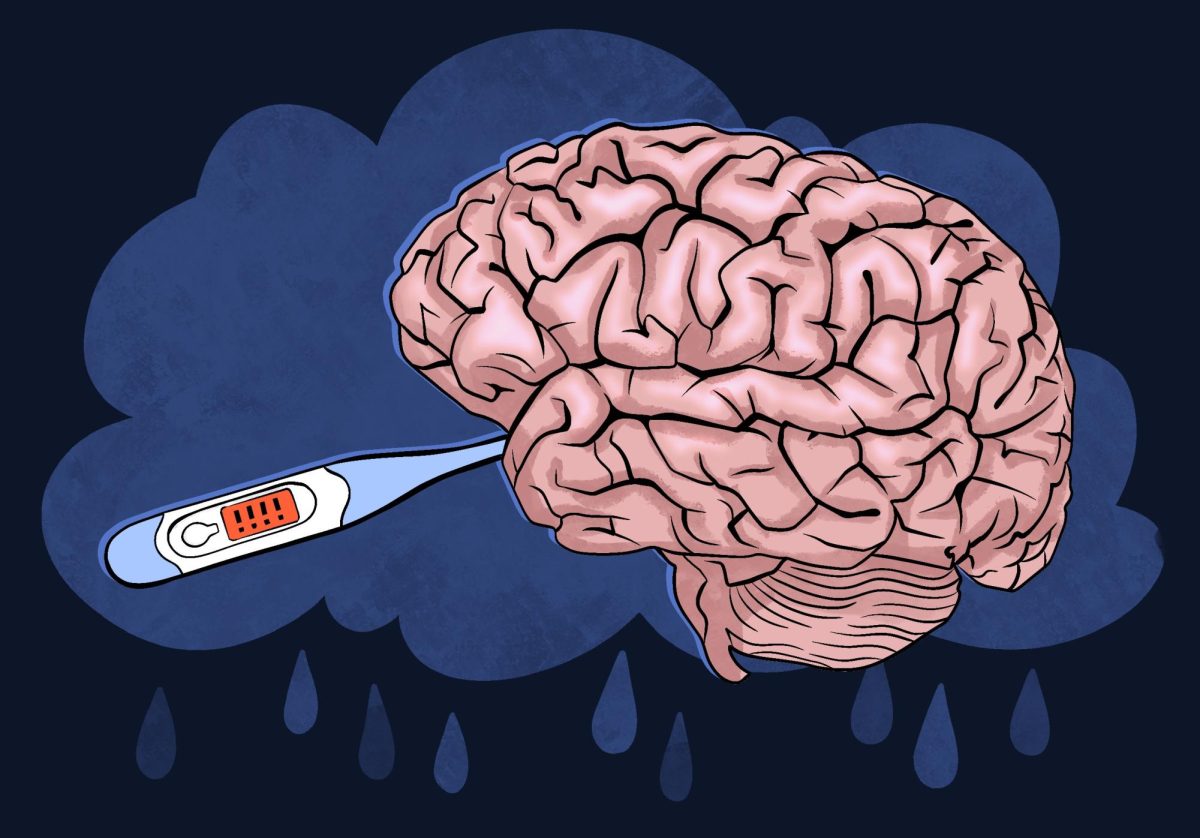
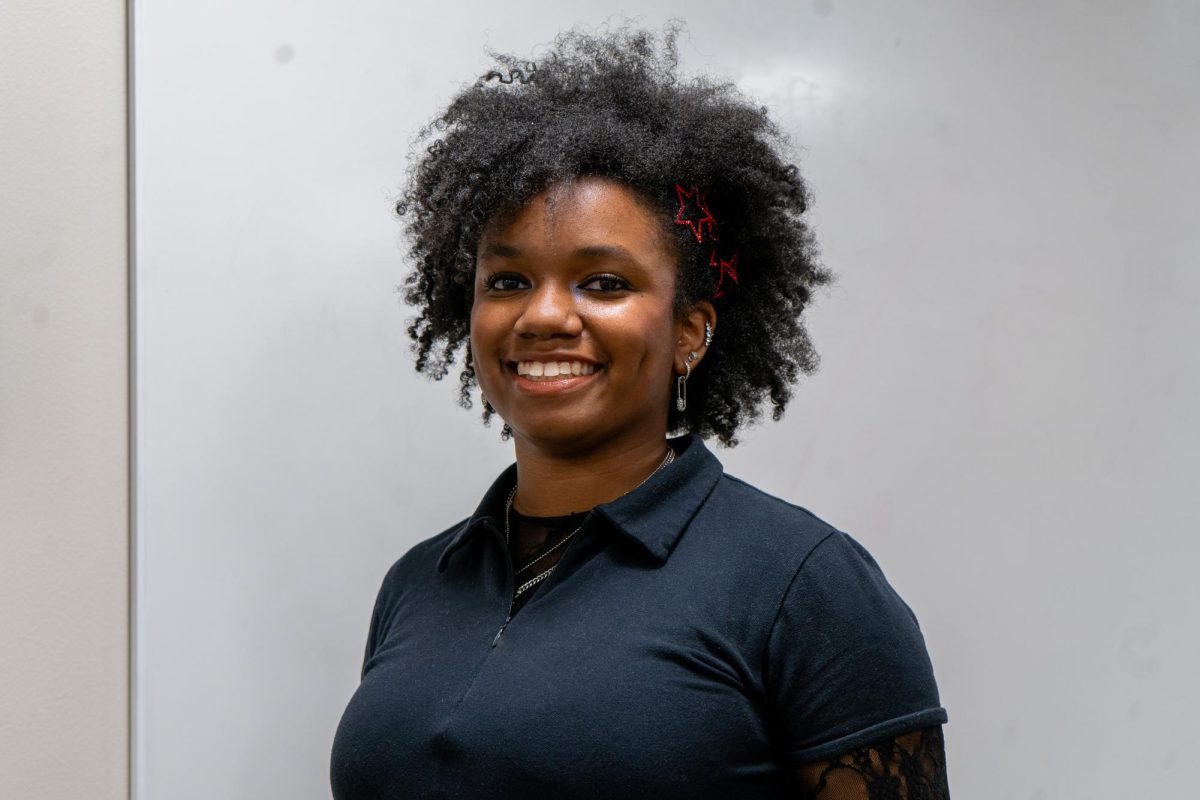
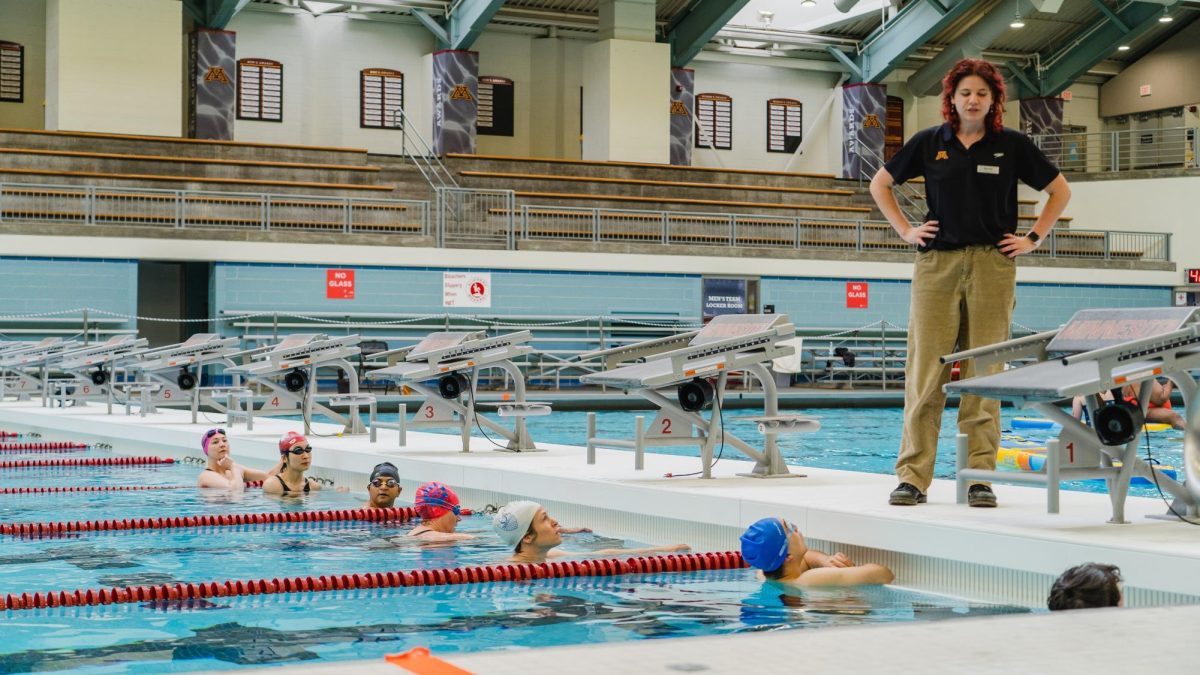

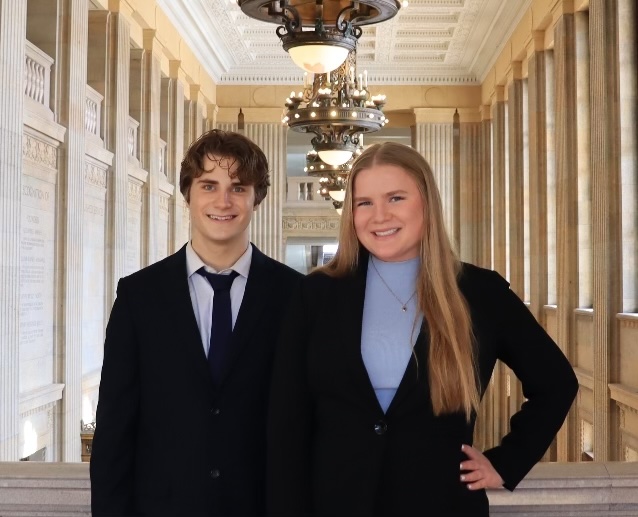
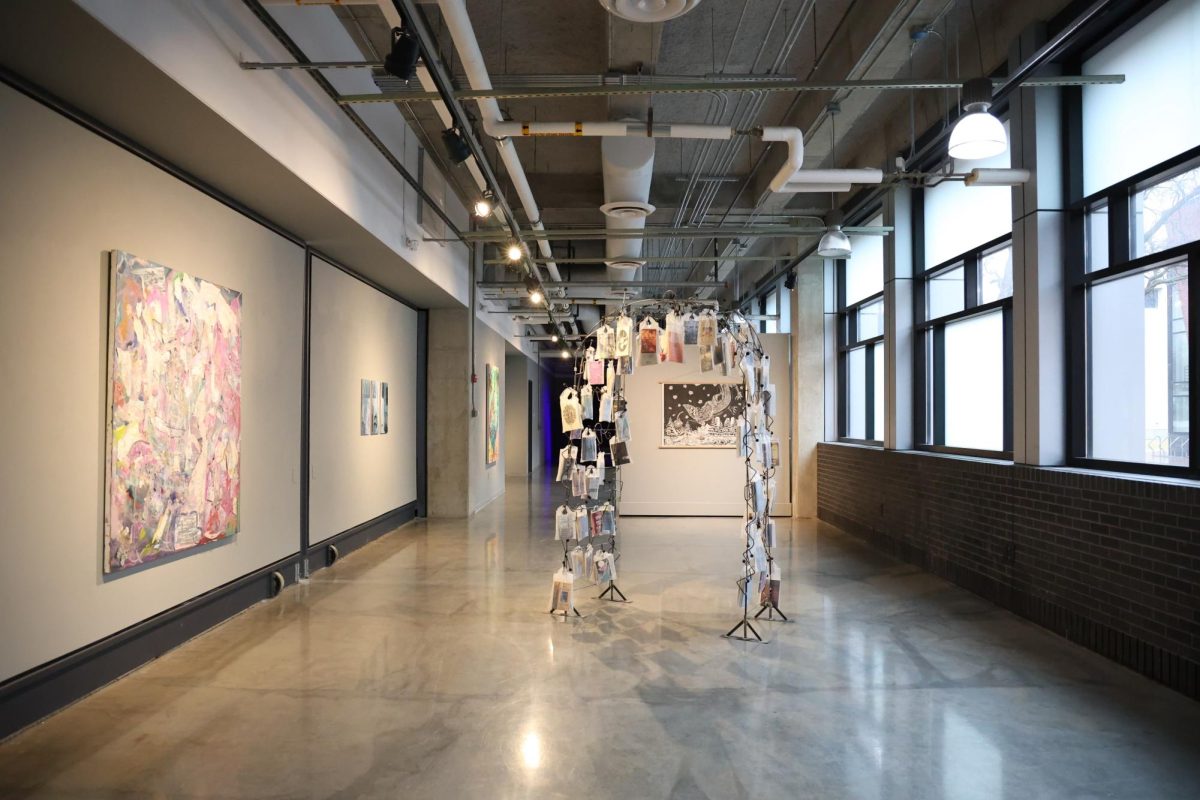
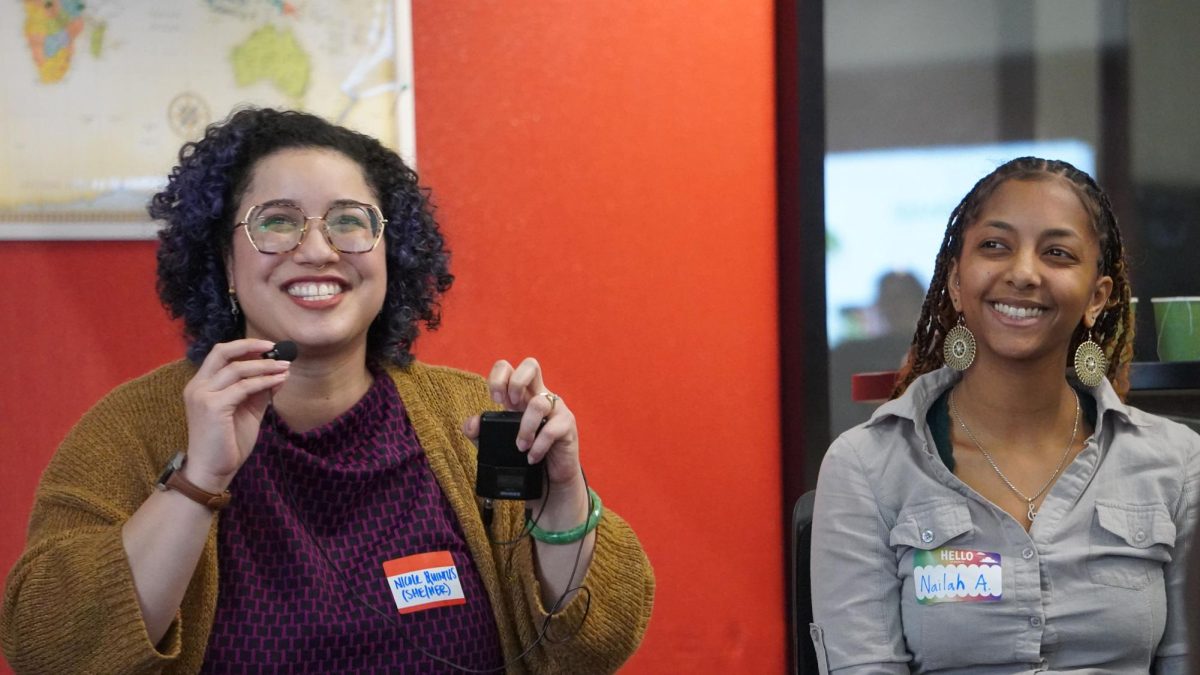
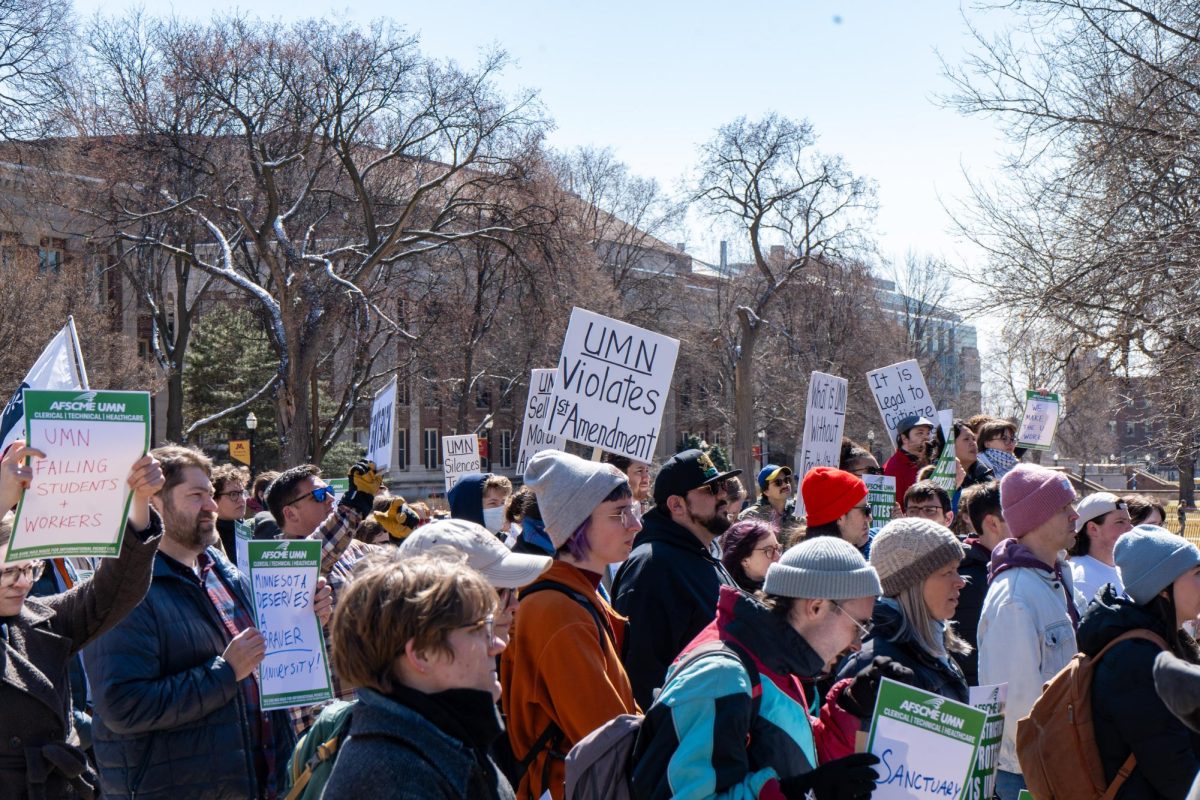

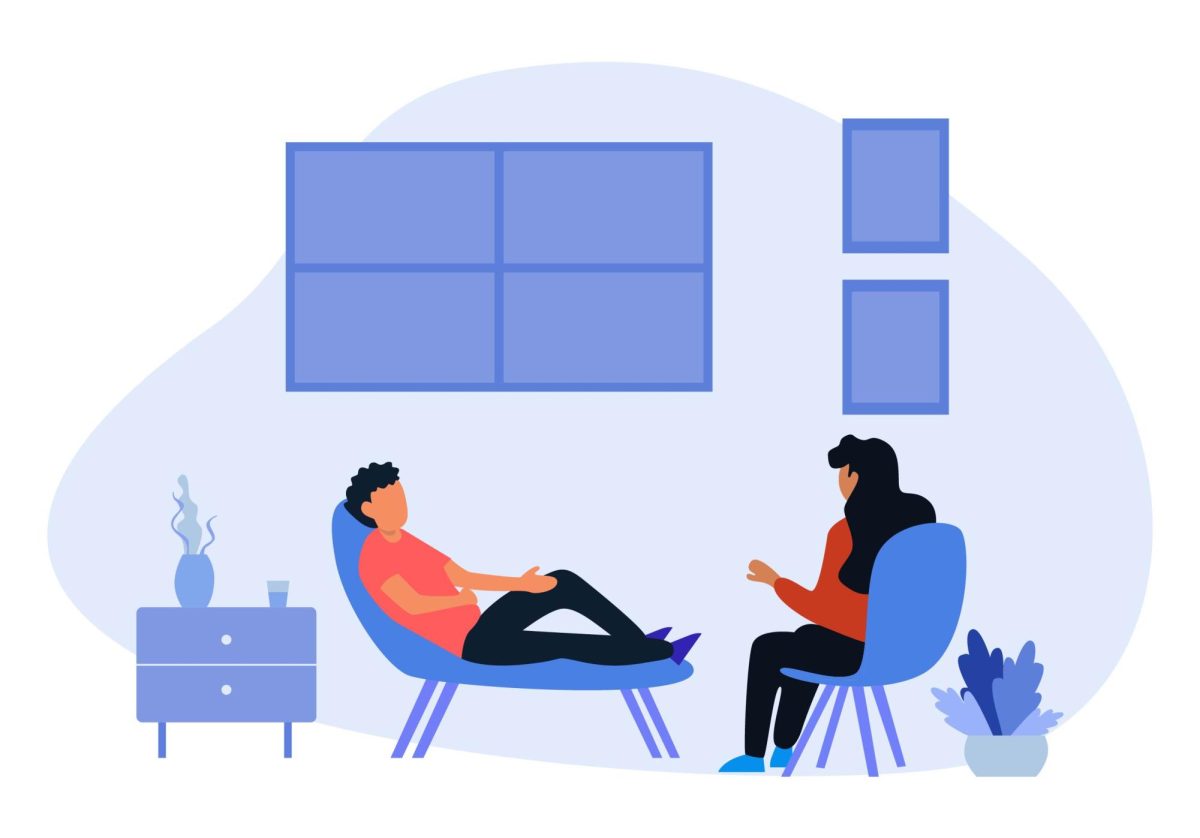
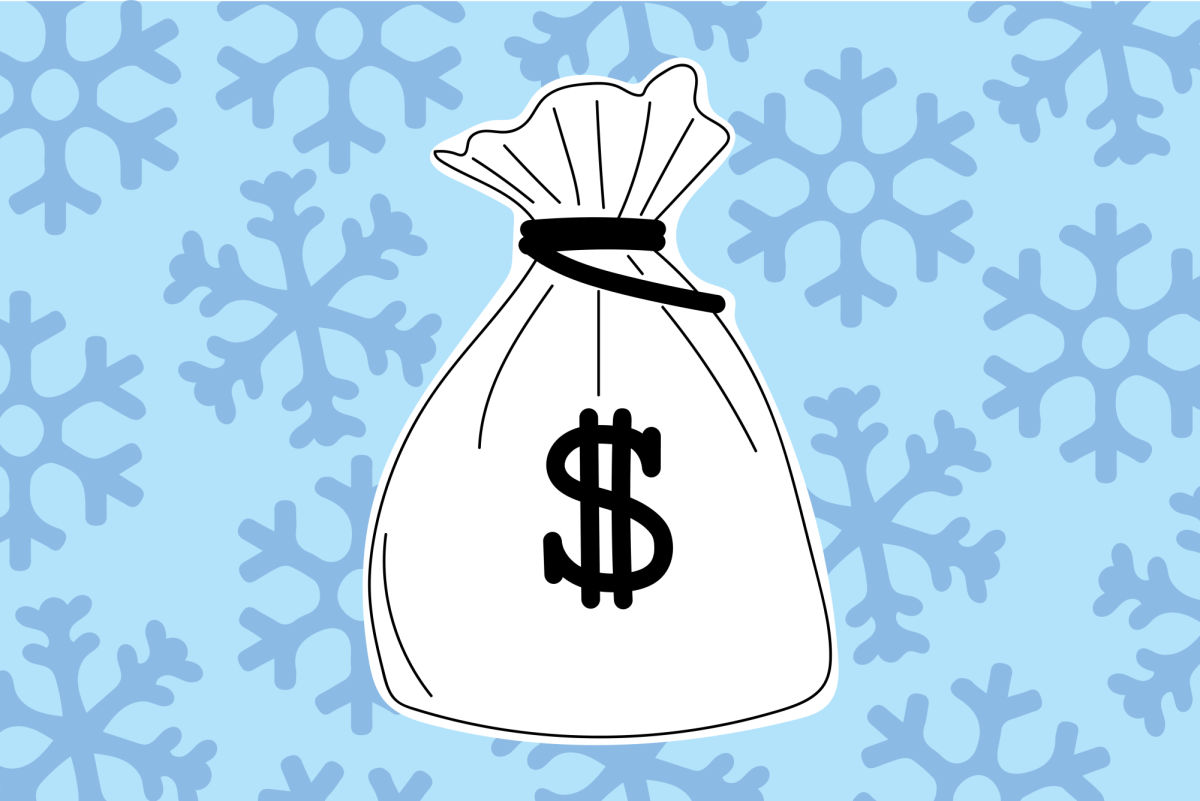
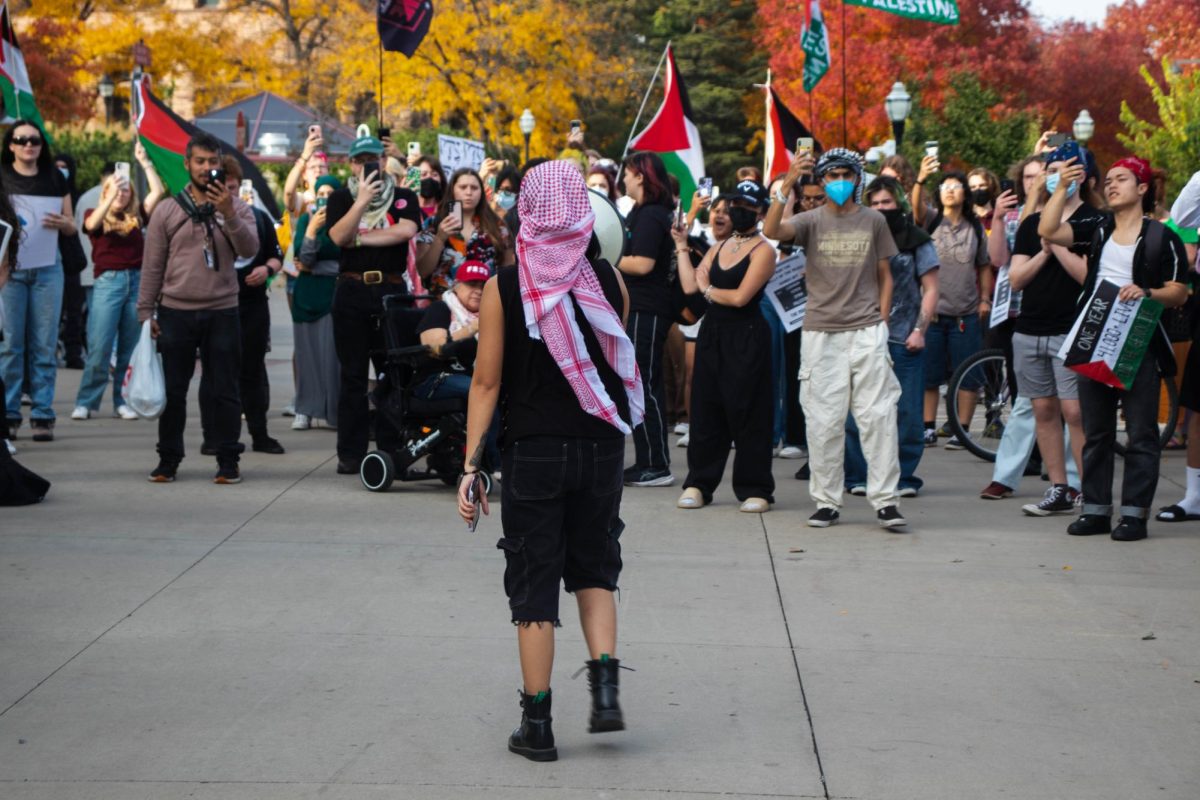
أرمال
Jan 7, 2025 at 2:25 pm
straight bars ️️️
Mya
Jan 7, 2025 at 2:24 pm
Ahmed out here with another banger
armelle
Jan 7, 2025 at 2:24 pm
Straight bars ️️️